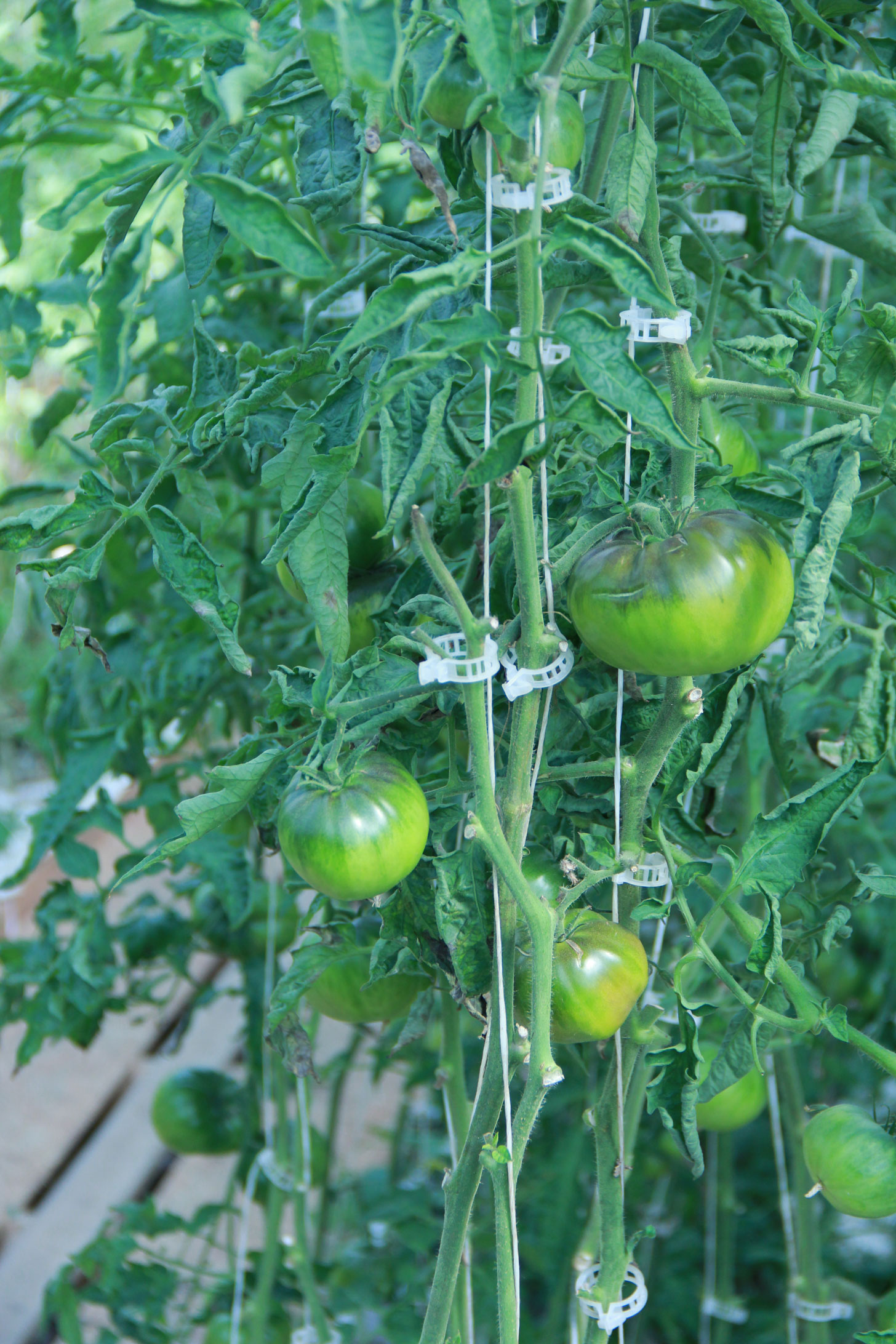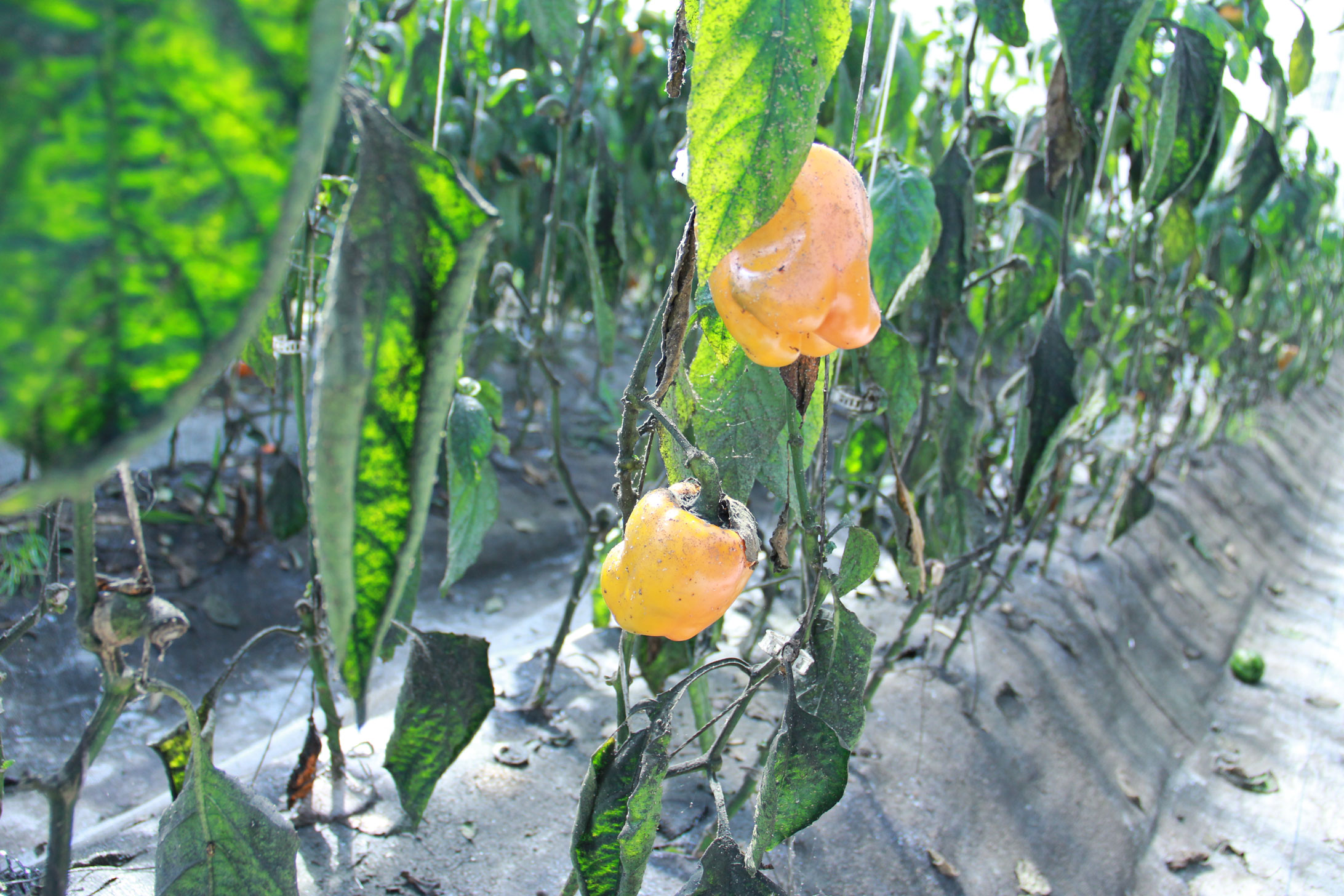People who find it a struggle to keep up with the cost of real food (and that’s a lot of us) may have to take more measures to make sure we’re eating healthy and safe food.
Other articles on this site discuss mitigating harm by avoiding some foods and choosing others, buying organic when possible, preparing food soundly, and buying local products.
Another option is to visit the farm itself for seconds (fruits and vegetables that aren’t pretty enough for the supermarket shelves but which are otherwise fine and are often sold at a discount). Buying from the farm in general can be cheaper than buying from large stores, especially if you’re open to whatever’s available.
In the Fraser Valley, for example, there are many farms that welcome your visits, business, and questions. Knowing what’s out there can help you decide the areas where you’re more or less willing to compromise.
Why Does Organic Food Cost so Much?
 Heirloom Tomatoes from GBE Farms
Heirloom Tomatoes from GBE Farms
When we were researching for our project, we visited GBE farms in Chilliwack, BC, where the Allen family grows organic heirloom tomatoes, bell peppers, eggplant, melons, corn, and more. They are the largest organic tomato growers in BC, but compared to large-scale conventional farms, they’re pretty small.
Size is one of the reasons organic costs more to grow.
You simply can’t farm organically on a mass scale because the measures that non-organic farmers use to quickly and easily kill invasive bugs are forbidden to organic farmers. Without spraying large batches of poisons, organic farmers have to hand-pick weeds and spread biological pest controls (such as ladybugs) by hand as well.
Because of the sheer manpower required, organic farmers have high payroll expenses. Furthermore, because they don’t use Genetically Modified Organisms, or crops that have been bred to withstand the elements (and more to the point, the barrage of pesticides), they may lose crops to predators or other conditions.
Here’s an example of an organic crop that has been infested with aphids, tiny yet ravenous pests that live to ruin farmers. Because ladybugs take time to work their magic, the farmer may lose an order in the meantime.
Because ladybugs take time to work their magic, the farmer may lose an order in the meantime.
Another cost of organic food is the high price tag of certification.
The government requires organic farmers to pay their own inspection, testing, and certification costs, which can be very expensive. The demands of comprehensive testing are heavy. Conventional farmers do not have to undergo these measures, and most chemicals listed for use in Canada do not require any special certification for handling.
While it makes sense that organic farmers have to go to greater lengths to prove the safety of their products, it also means that small businesses have to incorporate certification fees into their cost of business.
Farmers have to meet quotas when stores demand, but they can’t easily ship organic produce over long distances because the crops are more sensitive and need to ripen on the plant. That narrows their window of opportunity to sell their crops. Farmers have to work hard to find loyal customers at local shops and farmers markets.
While organic products are not in reach of everyone’s daily budget, buying organic fruit and veggies even on an occasional basis can be rewarding, if only to remember what food can taste like.
We defy anyone to compare organic tomatoes with conventional ones and not walk away impressed.




